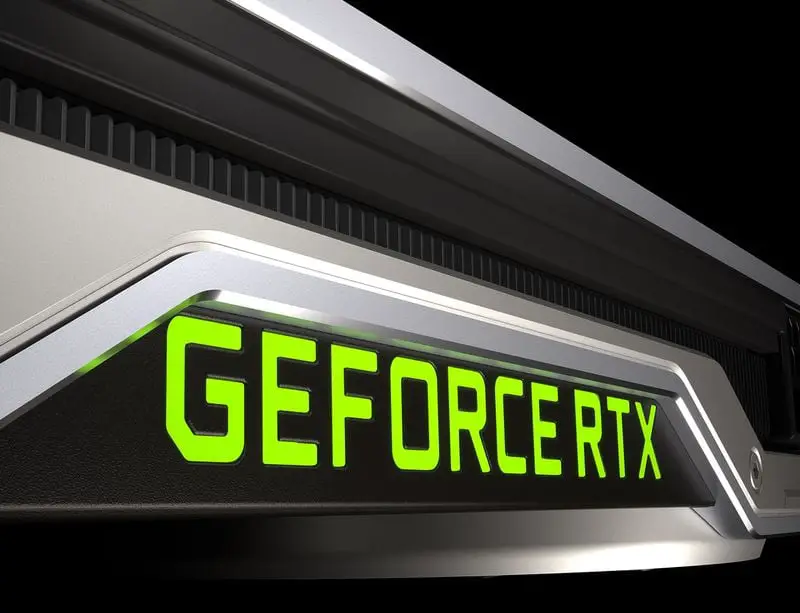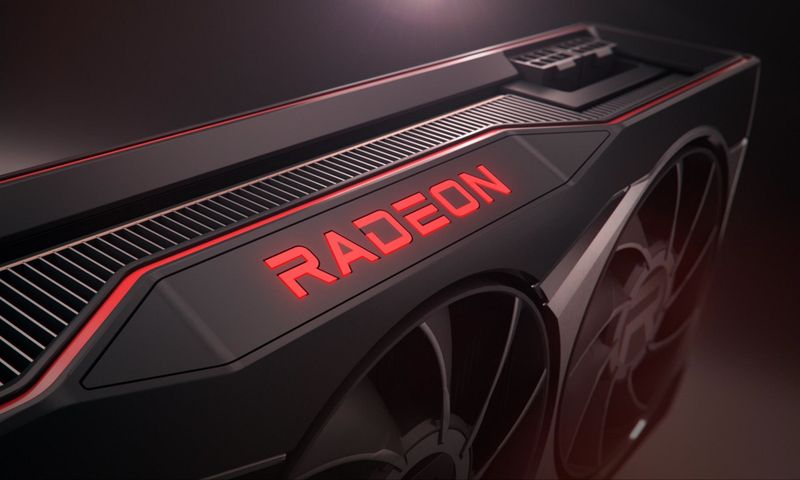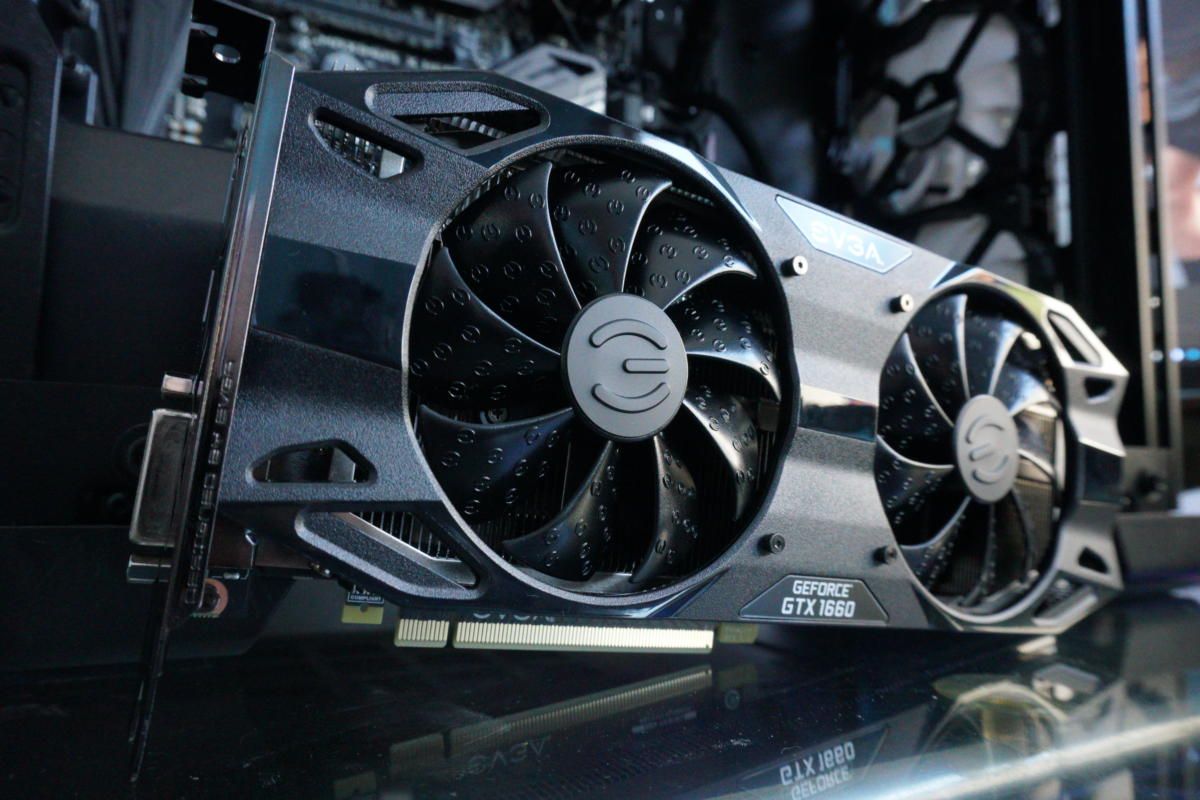Ray tracing is here to stay, there is no doubt about it, so we listed which graphics cards support it.
The new generation graphics cards launched by both AMD and NVIDIA confirm this reality, although it is true that each one does it in its way.
In the case of AMD, the Sunnyvale company has implemented, for the first time, hardware dedicated to accelerating ray tracing in its Radeon RX 6000, and it has done so following a curious approach, since such hardware is implemented in the texture units, as we saw at the time when analyzing the Xbox X Series SoC, and can only work with four ray operations or four texture operations per clock cycle.
In contrast, NVIDIA already had the experience gained with Turing, a graphics generation that was the first in the industry to offer hardware dedicated to accelerating ray tracing. With Ampere, the architecture used in the RTX 30 series, the company has maintained the same approach we saw in the RTX 20, which means that for each SM unit we have one RT core, which independently performs the workload related to intersection and collision computation. The tensor cores, on the other hand, accelerate the noise reduction process.
Don’t know what ray tracing is and how it works? Well, don’t worry, a week ago we published a special dedicated to this topic, where we explained what ray tracing is and we saw all its keys, including its different practical applications to its optimization possibilities at the expense of reducing graphic quality. If you didn’t have the chance to read it, now is a good time to take a look at it.
Graphics cards and ray tracing: Differences between support and hardware acceleration
Before looking at which graphics cards support ray tracing, it is necessary to be clear about something very important, and that is that talking about support is not the same as referring to hardware acceleration of ray tracing, i.e., a graphics card can support this technology, but be, in practice, unable to work with it optimally because it lacks dedicated hardware.
For example, a GTX 1660 Super supports ray tracing, it is compatible with such technology, and the same is true for the Radeon RX 5700. Both are graphics cards that could work with ray tracing, but lacking dedicated hardware to accelerate the load that represents such technology, the result is very poor, so much so that, for example, in Quake 2 RTX, the GTX 1660 Super fails to maintain a stable 30 FPS in 720p and with reduced quality unless we activate resolution scaling, which means that it can drop below 1,280 x 720 pixels.
Graphics cards that have dedicated hardware to accelerate ray tracing do not have this problem and can deliver much better results than those without such hardware. I have already said it on other occasions, but I repeat it, it is a very similar situation to what happened when the first graphics cards with T&L (transform and lighting) support started to arrive, those that did not have dedicated hardware could run it by software, but the performance loss was huge.
All in all, it is important to keep in mind that ray tracing is a very demanding technology, and even on high-performance, state-of-the-art graphics cards, it has a very big impact, so much so that it can reduce the frame rate by half, in many cases. Dedicated hardware speeds up some of the extra work involved in ray tracing, but it still represents an added burden that reduces the time available for rendering each frame, and that is ultimately felt even when working with technologies such as DLSS 2.0.
Ray tracing can be executed in many ways, so it is a technology that is compatible with a wide variety of graphics cards. However, if we limit ourselves to current standards, and the application of this technology to the world of video games, which after all is what we are interested in, the list of officially supported models is considerably reduced, as we will see below.
NVIDIA graphics cards with support for ray tracing
No hardware acceleration
- 6GB GeForce GTX 1060.
- 8GB GeForce GTX 1070.
- GeForce GTX 1070 Ti of 8GB.
- 8GB GeForce GTX 1080.
- 11GB GeForce GTX 1080 Ti.
- NVIDIA TITAN X and TITAN XP.
- GeForce GTX 1660.
- GeForce GTX 1660 Super.
- GeForce GTX 1660 Ti.

With hardware acceleration
- GeForce RTX 2060.
- GeForce RTX 2060 Super.
- GeForce RTX 2070.
- GeForce RTX 2070 Super.
- GeForce RTX 2080.
- GeForce RTX 2080 Super.
- GeForce RTX 2080 Ti.
- NVIDIA RTX Titan.
- GeForce RTX 3060.
- GeForce RTX 3060 Ti.
- GeForce RTX 3070.
- GeForce RTX 3080.
- GeForce RTX 3090.
AMD graphics cards with support for ray tracing
No hardware acceleration
AMD does not have graphics cards that support ray tracing without including dedicated hardware. However, there is one exception, and that is that in Crysis Remastered it is possible to enable ray tracing on models prior to the RX 6000 because this technology works at the software level.

With hardware acceleration
- AMD Radeon RX 6800.
- AMD Radeon RX 6800 XT.
- AMD Radeon RX 6900 XT.
The upcoming graphics cards to be released by AMD, known as the Radeon RX 6700-6700 XT and RX 6600-600 XT, will also feature dedicated ray-tracing acceleration hardware.
Is it worth buying a graphics card with ray-tracing acceleration?
The truth is that it is difficult to give a direct, simple, and general answer. The truth is that it depends a lot on your preferences, and also on your budget. Right now, both NVIDIA and AMD have completely phased out graphics cards without dedicated ray-tracing hardware, but it is still possible to buy, second hand, models within the GTX 10 and GTX 16 series, and also within AMD’s RX 5000 and earlier lines.
Ray tracing marks, when applied correctly, a huge jump in graphics. I have tested it in many games using an RTX 2080 Super, and later with an RTX 3080, and yes, the difference is huge. In games like Control, Cyberpunk 2077, and Metro Exodus, for example, this technology changes the gaming experience and adds a fantastic layer of realism.
However, there are other titles where the change is more subtle, and it takes a little longer to appreciate the improvement. The improvement is still very noticeable when we focus on it, but it’s in the background when we start playing the game. Shadow of the Tomb Raider, which applies ray tracing to shadows and ambient occlusion, would be a good example.
We think ray tracing is worthwhile when used correctly, and when we can move it around without making major sacrifices in terms of fluidity. With this in mind, if you were to ask me if you should buy a graphics card compatible with such technology I would say yes, as long as you can afford a model that offers you the power you need to play optimally with such technology-enabled and keeping the native resolution of your monitor.
For example, imagine a user who has a budget of 350 euros and wants to play in 4K. With that money, he could buy an RTX 2060, a graphics card that is not powerful enough to move games in high quality with active ray tracing. In your case, it would be better to look for a second-hand Radeon RX 5700 XT.





